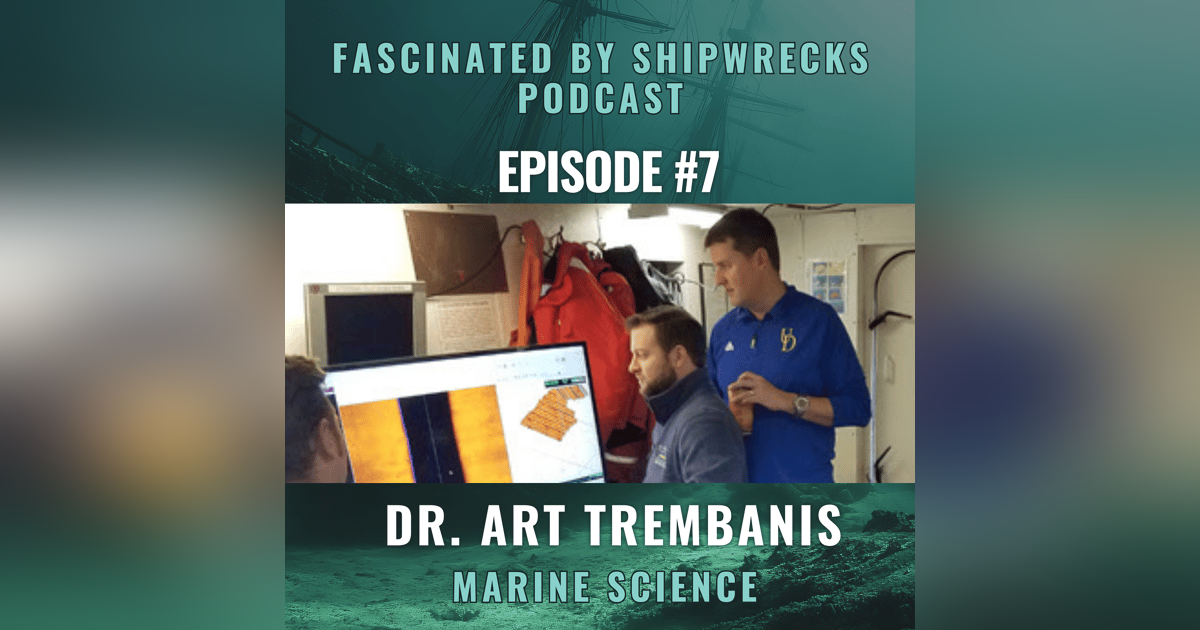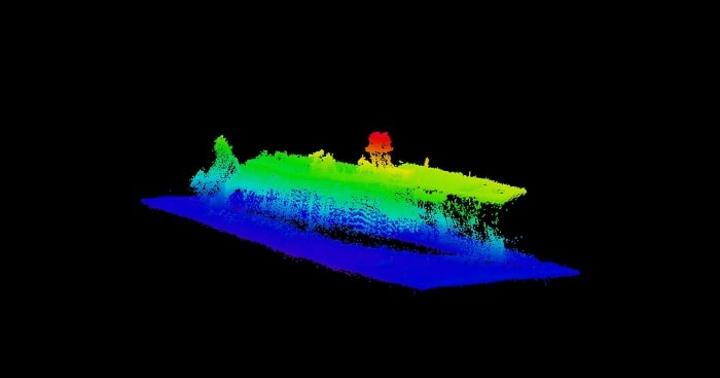Oceanography, Shipwrecks, & Underwater Robotics

What does coastal geology have to do with shipwrecks? A lot, as it turns out.
In this episode, we talk with Dr. Art Trembanis, Associate Professor, Marine Science and Policy at the University of Delaware, about the many facets of his work and his expertise in autonomous robotics.
Learn about his work on shipwrecks, including his experiences mapping the Bikini Atoll nuclear test site and finding the SS Choctaw.
- Did you know we’ve only mapped about 25% of the seafloor?
- Learn about coastal geology and morphodynamics.
- Discover how advances in robotics is changing how we explore the ocean.
- Subscribe: https://www.youtube.com/@FascinatedbyShipwrecks
“It's like this whole alphabet soup of autonomous systems, robotic systems that are giving us a force multiplier in doing ocean exploration and mapping. They give us the ability to spend more time in the environment.” - Art Trembanis
© 2025 – Fascinated by Shipwrecks

Art Trembanis
Associate Professor, Marine Science and Policy, Director of CSHEL, University of Delaware
Arthur Trembanis is the director of the Coastal Sediments, Hydrodynamics and Engineering Laboratory (CSHEL) in the College of Earth, Ocean, and Environment at the University of Delaware. The work of CSHEL involves the development and utilization of advanced oceanographic instrumentation, particularly autonomous underwater vehicles for seafloor mapping and benthic habitat characterization. He received a bachelor's degree in geology from Duke University in 1998, a Fulbright Fellowship at the University of Sydney in 1999, and a Ph.D. in marine sciences from the Virginia Institute of Marine Sciences in 2004. His research interests include coastal and estuarine morphodynamics, sediment transport, hydrodynamics, autonomous underwater, aerial and surface vehicles, seafloor mapping, and geoacoustics. Besides the links below, you can also watch the Ted talk called: The Life Autonomous: https://www.youtube.com/watch?v=_-oEDP6UnYk
Podcast testimonial: "It was a true pleasure to join Fascinated by Shipwrecks. Kathy’s thoughtful questions and storytelling make marine science—and the people behind it—come alive. I really enjoyed our chat!"







